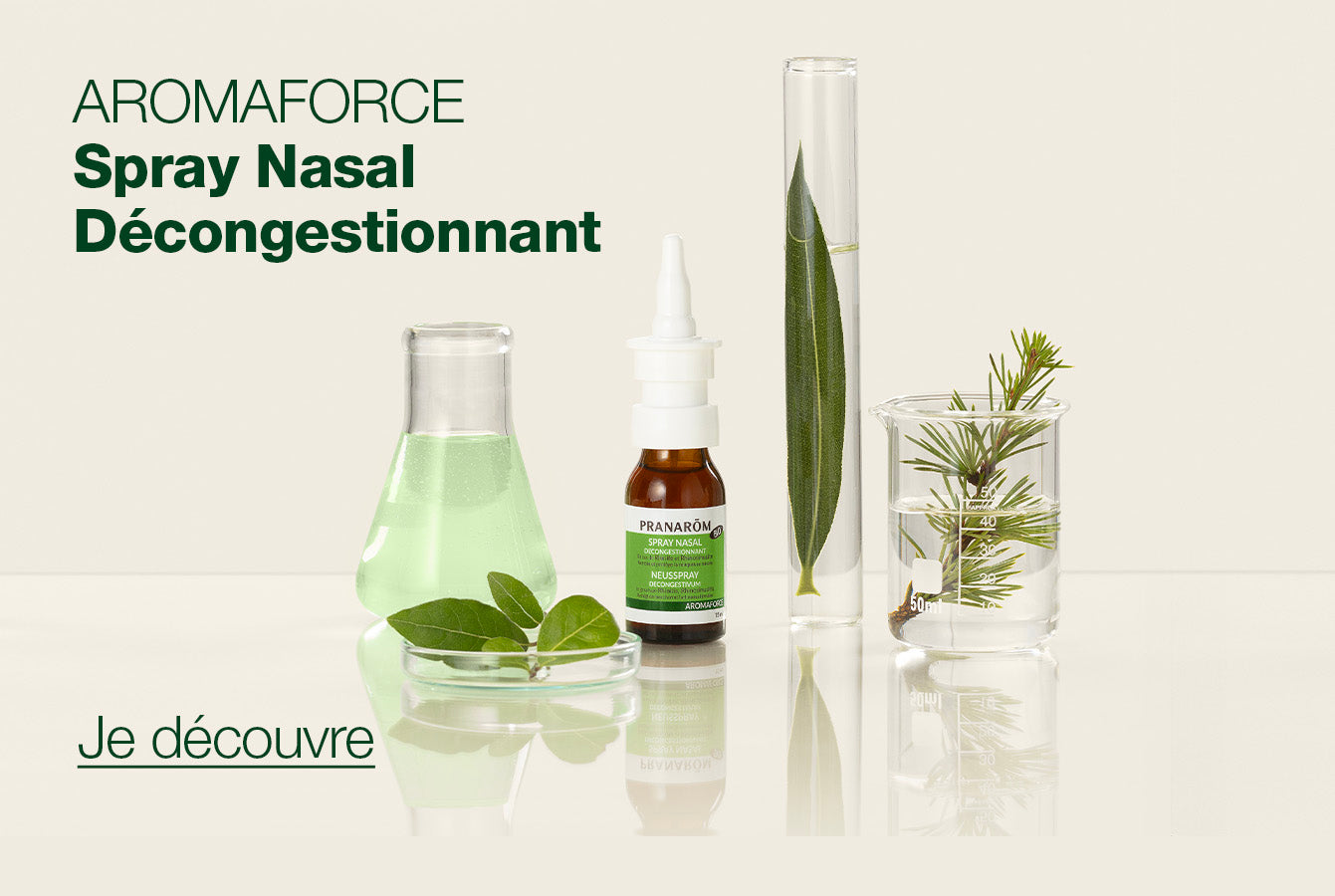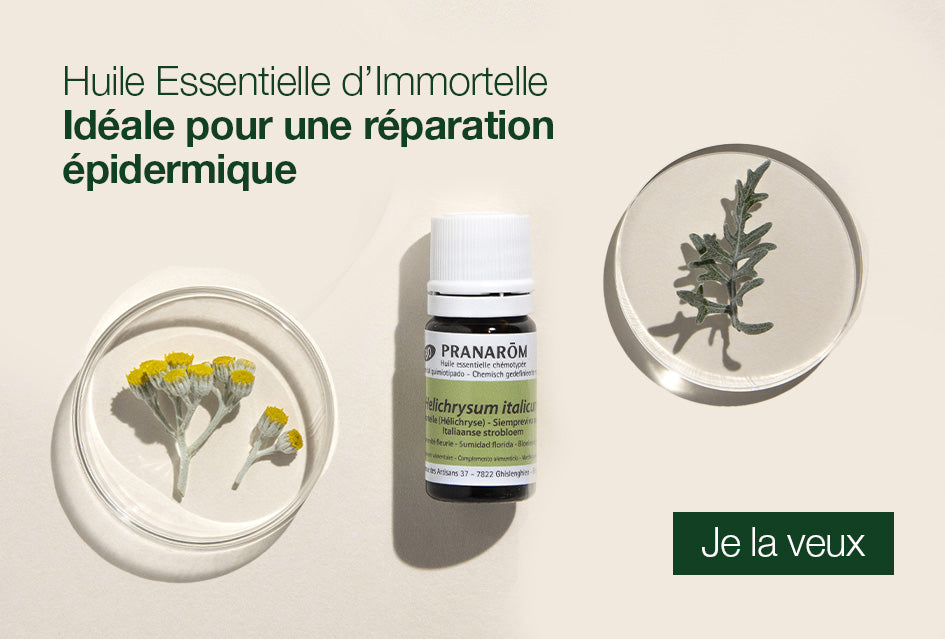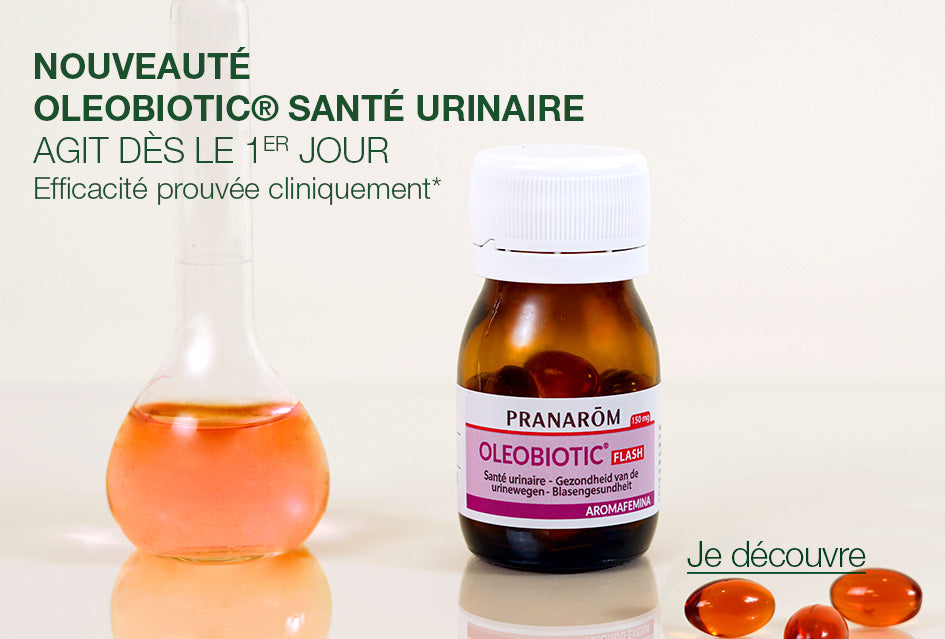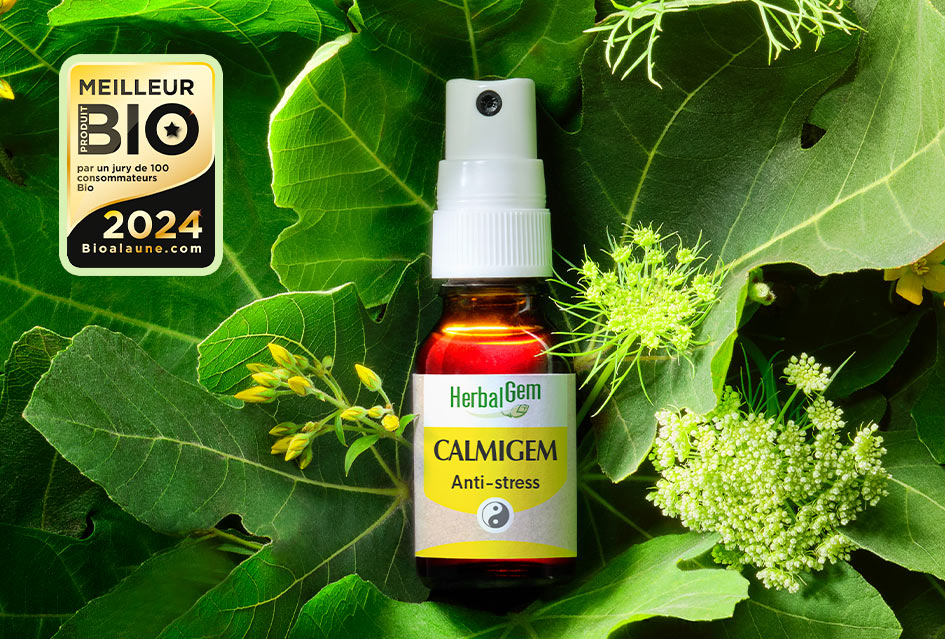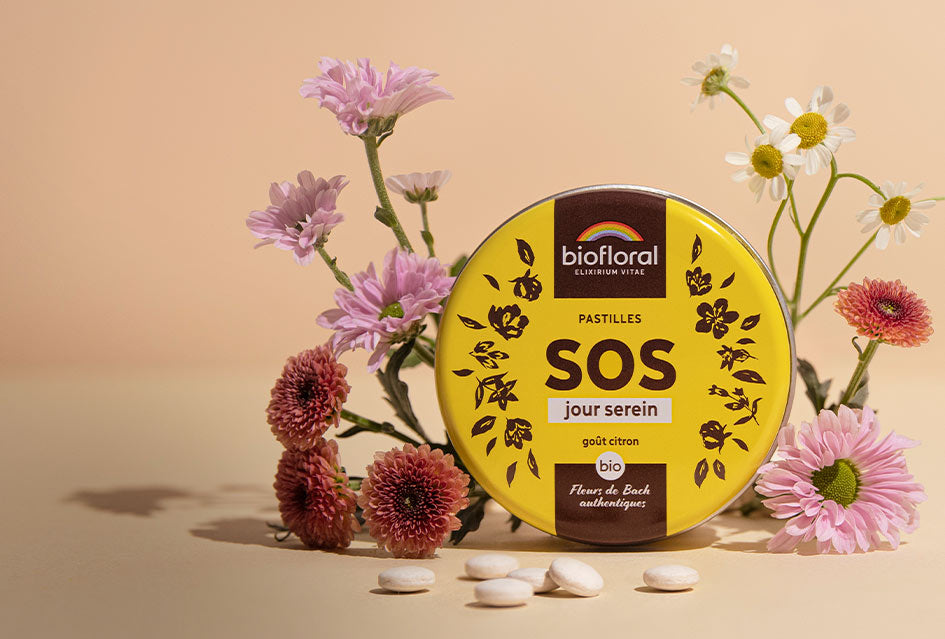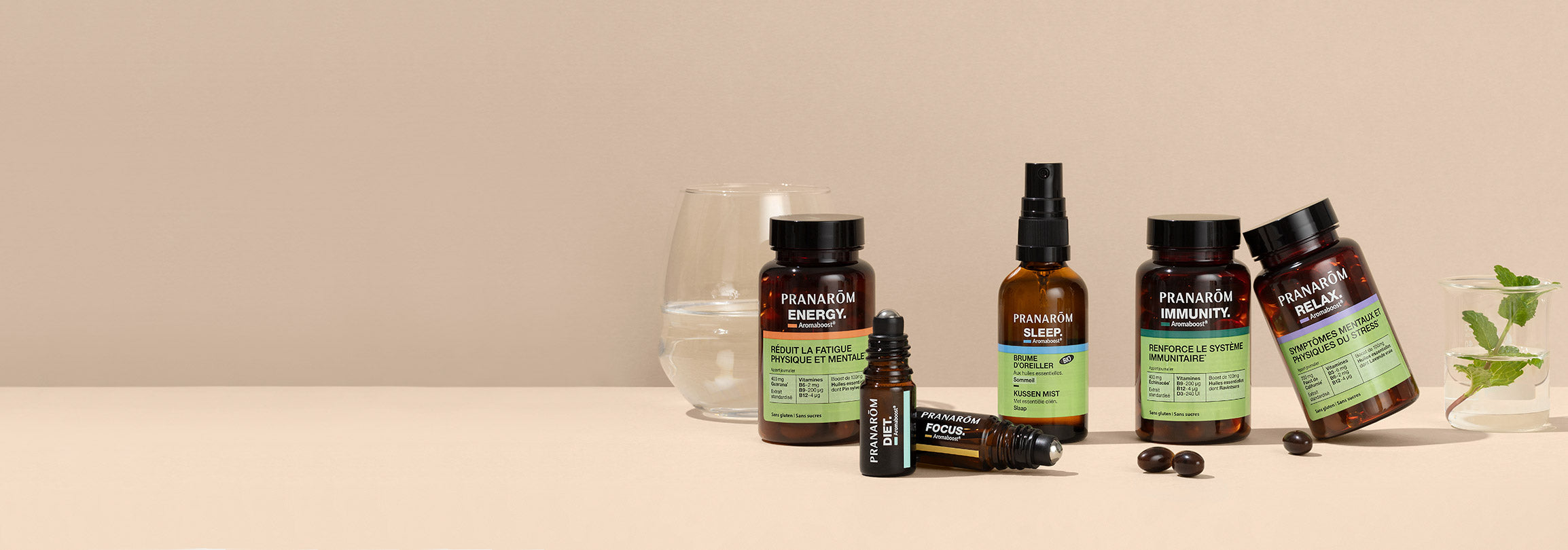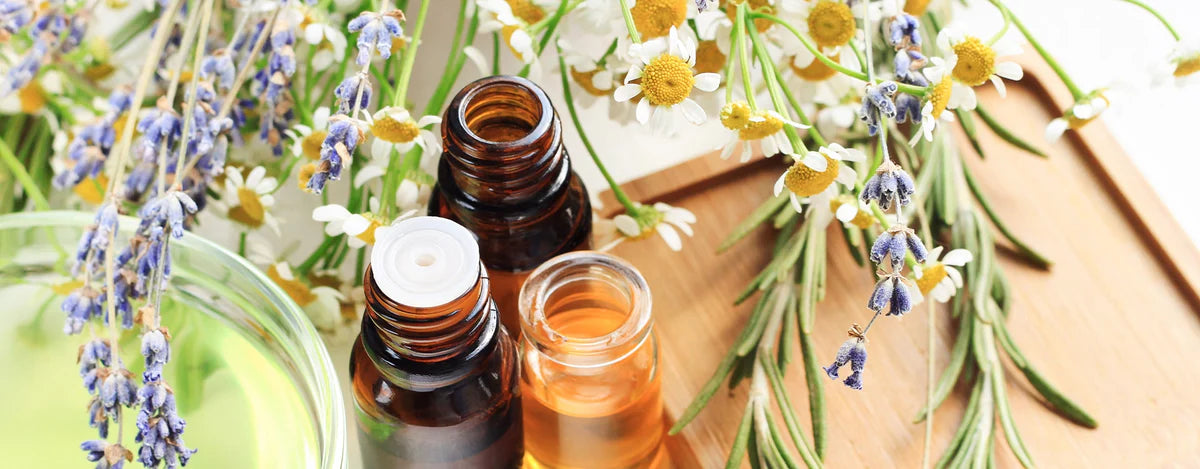Do It Yourself (DIY), you've probably already heard of it, but maybe you've never done it! First of all, "DIY" literally means "Do it yourself." This trend, which has been popular for several years, can perfectly be extended to aromatherapy, because it is entirely possible to create your own synergies of Essential and vegetable oils. If you want to get started with homemade preparations, then this article will give you the basics of DIY.
Why create your own synergy?
First of all, what is a synergy? A synergy consists of combining different essential and/or vegetable oils to enhance the desired effect. These oils can have different properties, thus creating a blend that acts on different levels. However, if they have the same properties, they can reinforce each other to achieve the desired effect because they will have different modes of action.
These synergies can be used in several ways (routes of administration):
- By cutaneous route , preferred route, that is to say on the skin in massage diluted in a vegetable oil. Hence the need to know the dosage of Essential Oils and Vegetable Oils;
- By olfactory means , using an Aromastick inhaler, a diffuser or simply by breathing from the bottle;
- Orally/sublingually , respecting the proportions and diluting in a neutral medium such as a neutral tablet, sugar, a spoonful of vegetable oil, etc.
How to determine the dosage?
The dosage of essential oils will depend on the intended use. Indeed, depending on the use, the dilution percentage of an essential oil in a vegetable oil will not be the same. This means that the dilution percentage will not be the same if you want to treat a cold or treat a fracture.
At Pranarōm, we consider that 1 ml corresponds to 30 drops.
For example, if you want to make a homemade facial serum-style treatment to moisturize and nourish your skin (skin without any particular problem), then we recommend diluting the Essential Oil in the treatment to 1%. So in this example, we would dilute 1% of True Lavender Essential Oil in 50 ml of Jojoba Vegetable Oil. (See the bottom of the page for the full calculation).*
For cutaneous use, the dilution will vary depending on the use and the target organ. It is traditionally accepted to use the following dilutions:
- 1%: dermocosmetic action;
- 3%: integumentary restorative action: nasal, ear, vaginal solution;
- 5%: action on the SN;
- 7%: circulatory, blood and lymphatic action;
- 10%: muscular, tendon, joint action
- systemic action for hypersensitive skin
- solution for irritating essential oils (cinnamon)
- 15%: sports and competition action;
- 20%: systemic action for sensitive skin (babies) solution for dermocaustic EOs (phenols);
- 30%: very powerful local action.
How do I compose my synergy?
In a dropper bottle or pump bottle:
- Pour the drops of essential oils, always starting with the smallest quantity.
- Always tilt your bottle at 45° so that the essential oils fall drop by drop and not in bursts and to calculate the number of drops easily.
- Fill the bottle with vegetable oil until the bottle narrows.
- Once the synergy is complete, close the bottle and shake to homogenize the mixture.
- Remember to always write the name of the synergy on the bottle as well as the date you prepared it.
On an inhaler stick:
- Remove the cotton wool from the inhaler stick
- Carefully place the drops of essential oil along the entire length of the cotton.
- Replace the cotton in the stick and close with the base.
Is your stick no longer smelling good enough? Carefully remove the base of the stick and add the required number of drops to the cotton pad.
How do I maintain my synergy?
Highly sensitive to ultraviolet rays, which alter their biochemical structure, essential oils are stored in glass bottles (brown, green, blue). Being highly volatile, they will gradually lose their potency if not sealed in airtight bottles. Remember to close your bottle after use to preserve its richness in molecules and therefore its effectiveness.
By following these few basic rules, a synergy of Essential Oils can be stored for 1 year.
On the other hand, in the case of a synergy based on Essential Oils and Vegetable Oils, it is recommended to use it within 6 months. Indeed, Vegetable Oils are more sensitive to oxidation, that is to say, they must be protected from air, light and heat.
In recovery mode?
Do you want to clean your bottles? We have to admit, cleaning these bottles of Essential and vegetable oils is not easy, quite the opposite in fact! Essential oils are difficult to clean for several reasons: strong odors, a greasy appearance, and sometimes they are even colored. Here are some tips:
- Fill a basin with very hot water (above 70°C);
- Add dish soap to this water;
- Soak the bottles for 2 hours or more;
- Then rinse each bottle with clean water.
Sometimes, even at this stage, it is not enough because you have only done a “rough cut”. If this is the case, follow the steps listed below:
- Use a bottle brush (fairly small) with a few drops of dish soap and scrub.
Not skipping this step is what will make all the difference.
- Rinse again with clean water;
- Let air dry, in reverse order.
Classic Precautions for Essential Oils
Essential oils are composed of very powerful aromatic molecules, so it's important to follow the instructions, dosages, and precautions to avoid any risks. Here are some common precautions you can follow:
- Avoid using pure Essential Oils if you are not used to them and prefer dilution in a neutral medium:
- Vegetable oil, shea butter, cosmetic cream, pharmaceutical specialty, shower gel, shampoo or other support;
- Honey, sugars, syrups, yogurt, bread crumbs, neutral lactose-free tablets or other carriers.
- Do not apply or swallow Essential Oils or essences containing coumarins (=> therefore citrus fruits) before exposing yourself to the sun because these are photosensitizing;
- If you have an allergic reaction, first perform a skin test in the crease of your elbow. Wait 10-15 minutes to see if an allergic reaction occurs;
- When using Essential Oils in babies, children, pregnant and breastfeeding women, it is essential to consult a pharmacist or doctor beforehand in order to act safely.
*In this example, we want to dilute 1% of Essential Oil in 50 ml of Vegetable Oil. Indeed, we want to create a moisturizing and nourishing facial treatment that does not have any apparent skin problems. We therefore choose the 1% Essential Oil dosage.
1/ Let’s calculate the dose in ml of Essential Oil:
1% of 50 ml = 0.5 ml of Essential Oil.
You must therefore put 0.5 ml of Essential Oil in 49.5 ml (=50-0.5) of Vegetable Oil.
Fill to the base of the neck.
2/ Now let’s convert between ml and the number of drops:
1 ml = approximately 30 drops of Essential Oil.
Rule of three to determine the number of drops of Essential Oil : (30*0.5)/1= 15 drops
So, you need to add 15 drops of Essential Oil in 49.5 ml of Vegetable Oil .


